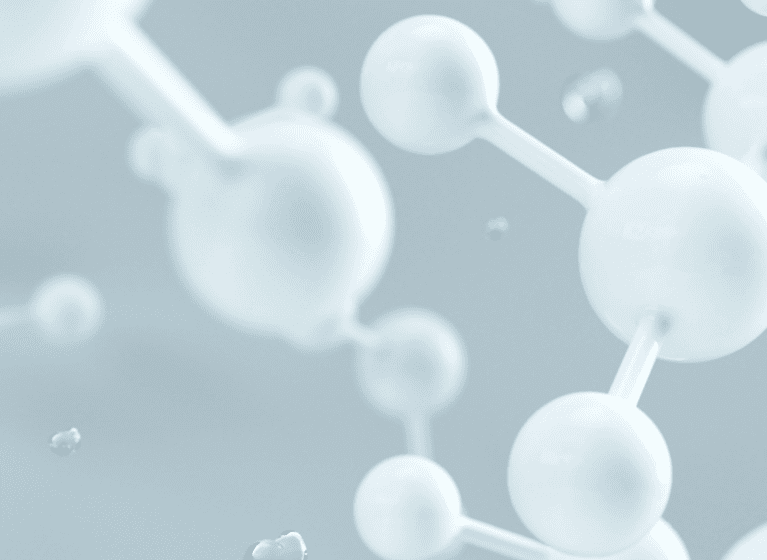A recent decision in relation to the best method requirement finds generic disclosures inadequate and demonstrates the difficulties that underlie identifying the best method of performing an invention.
The requirement that the specification discloses the best method of performing the invention has long existed under Australia law. However, it has rarely been the subject of judicial consideration.
A recent appellate court ruling has looked at the specifics of the best method requirement.1 In doing so, the court rejected arguments that if the disclosure is otherwise sufficient for working of the invention then the best method need not be disclosed.
While the decision appears clear on its face, the difficulty in practice will arise in the ambiguity in identifying the invention, and consequently the best method of performing that invention. For example, in this circumstance, the court considered that the best method of manufacture of a claimed product may or may not be required depending on the nature of the invention and the advantages it brings.
A new salt form
The patent at issue was directed to the arginine salt of perindopril and its hydrates. Perindopril is a pharmaceutical used in the treatment of arterial hypertension and heart failure. Perindopril itself was known at the time of filing the relevant patent. The perceived invention was that perindopril arginine is more stable than the original salt form of perindopril (perindopril erbumine) allowing a longer product shelf life and removing the need for additional packaging measures for the drug.
The patent specification disclosed the following on preparing perindopril arginine:
“The arginine salt used in this study is the L-arginine salt. It has been prepared according to a classical method of salification of organic chemistry.”
This equates to saying perindopril arginine was prepared by standard methods known in the art. The patentee had made perindopril arginine using two separate methods prior to the filing date of the patent but did not disclose these methods in the specification.
Best method questions addressed by the court
- Is the requirement to disclose the best method known to the patentee of performing the invention a separate requirement to that of describing the invention fully?
Yes. The Full Federal Court confirmed that the requirement to disclose the best method of performing the invention is a separate requirement to that of fully describing the invention. Therefore, the disclosure requirements extend beyond disclosing sufficient information to enable the skilled person to perform the invention using reasonable trial and error and without the need for further invention. - Does the best method need to be identified as such in the specification?
The primary judge found that the best method did not have to be identified as such. The appellate judges did not contradict this decision. - What is the method of performing the invention?
One of the potential difficulties is determining what the “method of performing the invention” actually is. Does describing the best method require describing the most preferred form of the invention, the best method of making a form of the invention or the method of using a form of the invention to achieve the best outcome? The Full Federal Court decided that the “method of performing the invention” varies depending on the nature of the invention. In this particular case, the question was essentially:If the invention is identifying a salt form for improved perindopril stability, is the best method requirement met by disclosing that salt form ie perindopril arginine or is it also necessary to disclose the best method of making perindopril arginine?
The court accepted that for some inventions description of the preferred embodiment of the product would be enough without a method of using the product and that in some cases a prediction of the best method would suffice. However, in this case, it was clear that stability varied with both the salt and the particular form of that salt. Therefore, the particular salt form and methodology used to get that salt form had more importance than if stability was the same between the various forms of perindopril arginine. In these circumstances, there is an obligation on the patentee to provide the best method for producing a form of perindopril arginine that will best fulfil the promises of the invention.
This outcome creates a need for investigating the nature of the invention and the best method information needed to support that invention. The best guidance from this decision is that the patentee has an obligation to include aspects of the method of manufacture that are material to the advantages it has claimed for the invention.
- Was a general disclosure enough?
The patentee had prepared perindopril arginine by two different methods prior to filing their patent application. In 1986, crystalline perindopril arginine was prepared using the solvents water and anhydrous ether and a process called trituration. In 1991, crystalline perindopril arginine was prepared using the solvents water and anhydrous ethyl ether and a process called lyophilisation. Both are standard methods of preparing a salt.The Full Federal Court agreed with the primary judge that the generic disclosure that perindopril arginine could be prepared by standard salt formation techniques with not enough. The specific disclosure was required to save the skilled person the possible dead ends and false starts that would otherwise have been risked in attempting to make the salt. It would have disclosed certainty of method rather than leaving the skilled addressee at risk of failure and needing to choose from all of the parameters that may be used in classical salification.However, the court’s reasoning suggests that a generic disclosure would be enough if the skilled person was confident of the same result for every specific method known within the general disclosure. - Did the challenger need proof that the patentee knew a better method than was disclosed?
The patentee argued that invalidity required proof there was a method worse than the one they did not disclose. This argument was rejected by the court, which held that failure to show a worse result could be achieved did not relieve the patentee of the obligation to disclose the best method known to it.This situation was distinguished from circumstances where the patentee has disclosed a specific method and has been shown to know of another method. In that scenario, the two methods may need to be compared to determine if the best method was disclosed.
Questions that remain
- Did one or both methods need to be disclosed?
It remains unclear whether the patentee should have disclosed one or both of the 1986 and 1991 methods. If one method was clearly superior to the other, then presumably only that method was needed. If superiority of method was unclear, how should the best method be selected? Further, if both methods were equivalent, would disclosure of one been sufficient? An obligation to disclose the two methods of this case may not appear overly onerous. However, for some inventions there could be ten or even 50 equivalent methods. Therefore, it would be useful to know if one best method is sufficient and how the status of “best” is to be determined. - Timing of disclosure of the best method?
The judgment mentions the legislative requirements that a provisional application describe the invention but a complete specification describe the invention fully including the best method known of performing the invention. There appears to be agreement that the best method does not need to be disclosed at the time of filing a provisional patent specification. However, it remains unclear whether:- the relevant best method is the best method known to the applicant at filing of the complete application, at publication or at grant; and
- the best method needs to be included in the specification at filing of the complete application, at publication or at grant.
While the court has not decided on this issue and the legal authorities are conflicting, current industry practice is to consider the best method upon filing of the complete specification and include the disclosure of that method in the complete patent application when filed.
1 Les Laboratoires Servier v Apotex Pty Ltd [2016] FCAFC 27.





